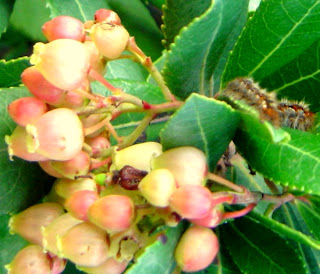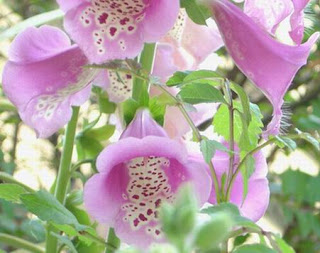HELLEBORUS NIGER
This interesting plant mainly grows in Greece and Turkey in wild. It is also called Christmas rose. It contains Glucosides (Hellebroside and Hellebrine ) and Saponines (Helleborine) . These substances give smiler actions like the glucosides of Digitalis Purpurea . Plant has medical value in cardiology . It is used as heart stimulant . However HELLEBORUS NIGER IS VERY TOXİC . IT IS ADVISED NOT TO BE USED UNDER ANY CIRCUMSTANCES.




